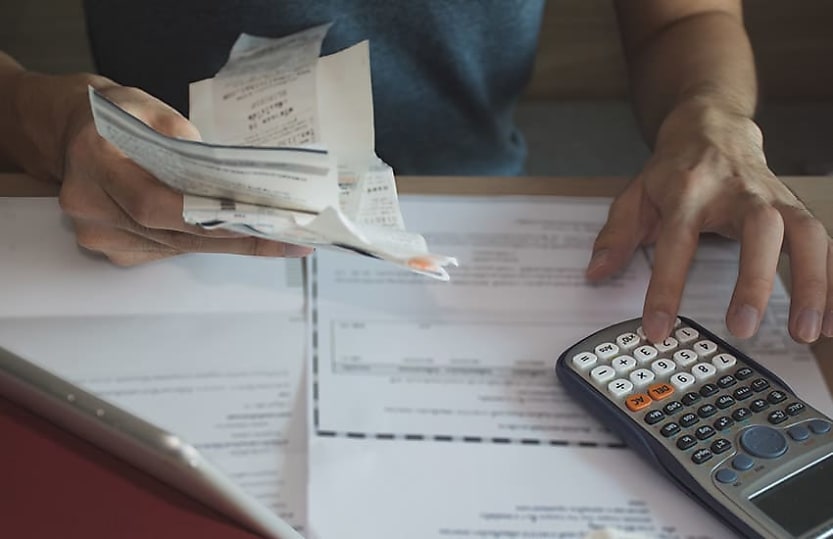Households face highest tax levels in 2 decades, analysis shows

State and federal governments must make a concerted effort to curb spending or risk a record blowout, according to the Centre of Independent Studies.
Up to 45 per cent of household income is going towards paying taxes, and the last time tax levels were so high was 23 years ago in 2001, according to analysis by the Centre of Independent Studies.
Local, state and federal governments are also set to collect $29,700 in taxes per person in 2023-24, up from $26,500 in 2021-22.
“It can be surprising just how much tax we pay,” CIS senior research fellow Robert Carling said.
The think tank said the true tax burden on households was much higher because it encompassed the various taxes levied on individuals and businesses, and not just income tax.
“While the focus is on income tax paid to the federal government, the reality is that individuals and businesses are constantly paying a wide range of taxes; not only to the federal government but also to state and local governments.”
CIS found tax revenue as a percentage of GDP, the most commonly cited measure of the tax burden, had been creeping up over the last decade.
Expected to reach 30 per cent in 2023-24, he said it had only ever hit similar levels following the Second World War to finance war efforts and again in 2000-01.
“Based on federal and state government mid-year budget reviews, it is likely to be close to 30% in 2023-24. It is fair to say this measure of the tax burden is close to the highest it has ever been in peacetime,” he said.
However, the “true economic burden” of taxes falling on households could be up to 45 per cent, CIS found.
This was based on the fact that taxes for which the business sector was legally largely responsible – such as GST, payroll and company income tax – were in effect passed onto households through higher prices and lower wages and shareholder returns.
Even if these business taxes were excluded, the tax burden was 35 per cent of income.
“In either case, it is a heavy burden and much heavier than most people would realise,” Carling said.
The blowout was a share of many variables and tax policy decisions by different governments and was only set to increase in medium to long term projections of government expenditure.
Relief would be unlikely, however, with impending stage 3 tax cuts constituting only 3 per cent of a year’s total taxation.
Responsibility also could not be narrowed down to one government, and federal and state governments would need to “make a concerted effort to curb the growth of spending” in order to get levels under control.
“Regrettably at this juncture there is no sign of that happening,” it said.
About the author

